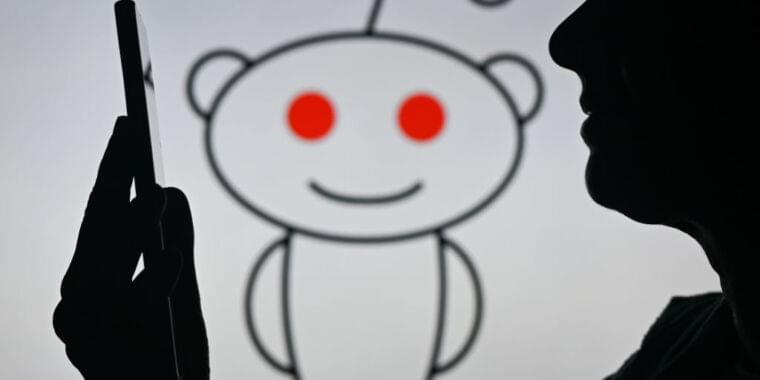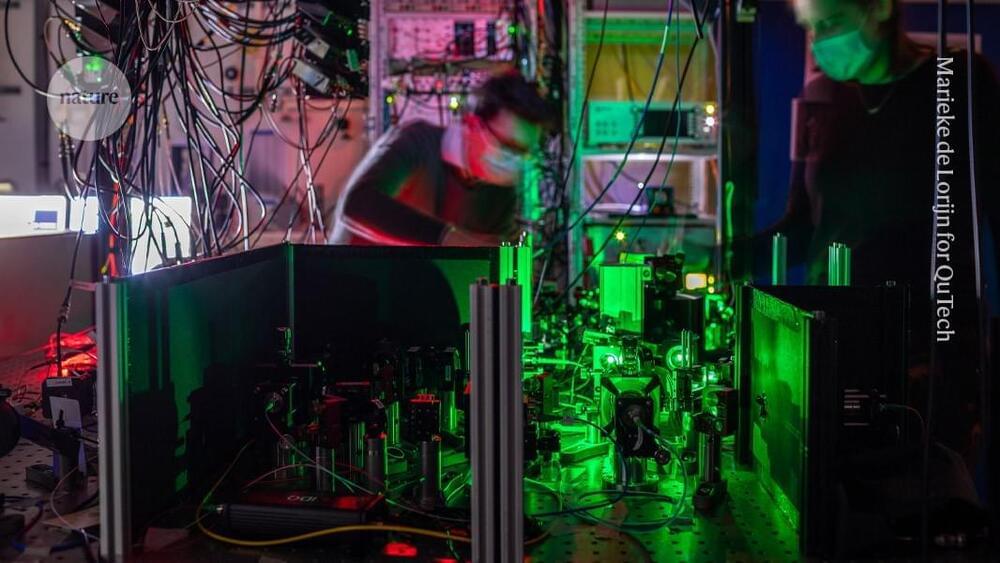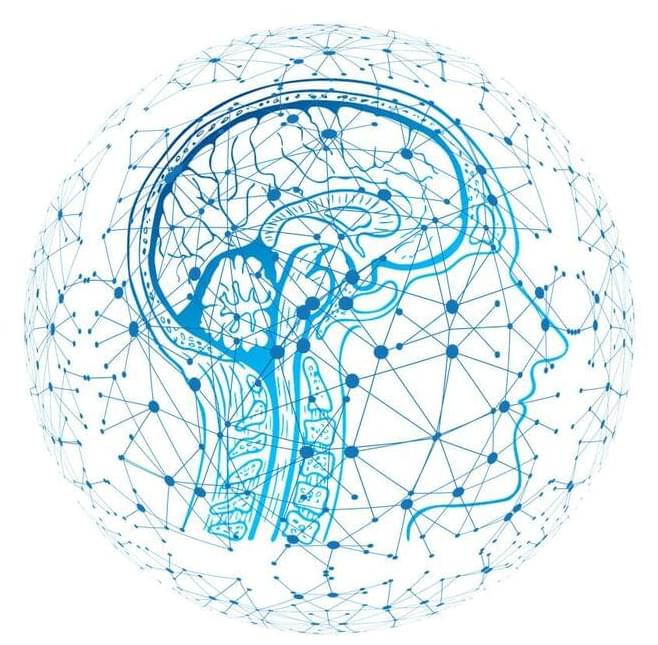May 19, 2024
OpenAI will use Reddit posts to train ChatGPT under new deal
Posted by Genevieve Klien in categories: business, internet, law, policy, robotics/AI
Earlier this month, Reddit published a Public Content Policy stating: Unfortunately, we see more and more commercial entities using unauthorized access or misusing authorized access to collect public data in bulk, including Reddit public content. Worse, these entities perceive they have no limitation on their usage of that data, and they do so with no regard for user rights or privacy, ignoring reasonable legal, safety, and user removal requests.
In its blog post on Thursday, Reddit said that deals like OpenAI’s are part of an open Internet. It added that part of being open means Reddit content needs to be accessible to those fostering human learning and researching ways to build community, belonging, and empowerment online.
Reddit has been vocal about its interest in pursuing data licensing deals as a core part of its business. Its building of AI partnerships sparks discourse around the use of user-generated content to fuel AI models without users being compensated and some potentially not considering that their social media posts would be used this way. OpenAI and Stack Overflow faced pushback earlier this month when integrating Stack Overflow content with ChatGPT. Some of Stack Overflow’s user community responded by sabotaging their own posts.

















